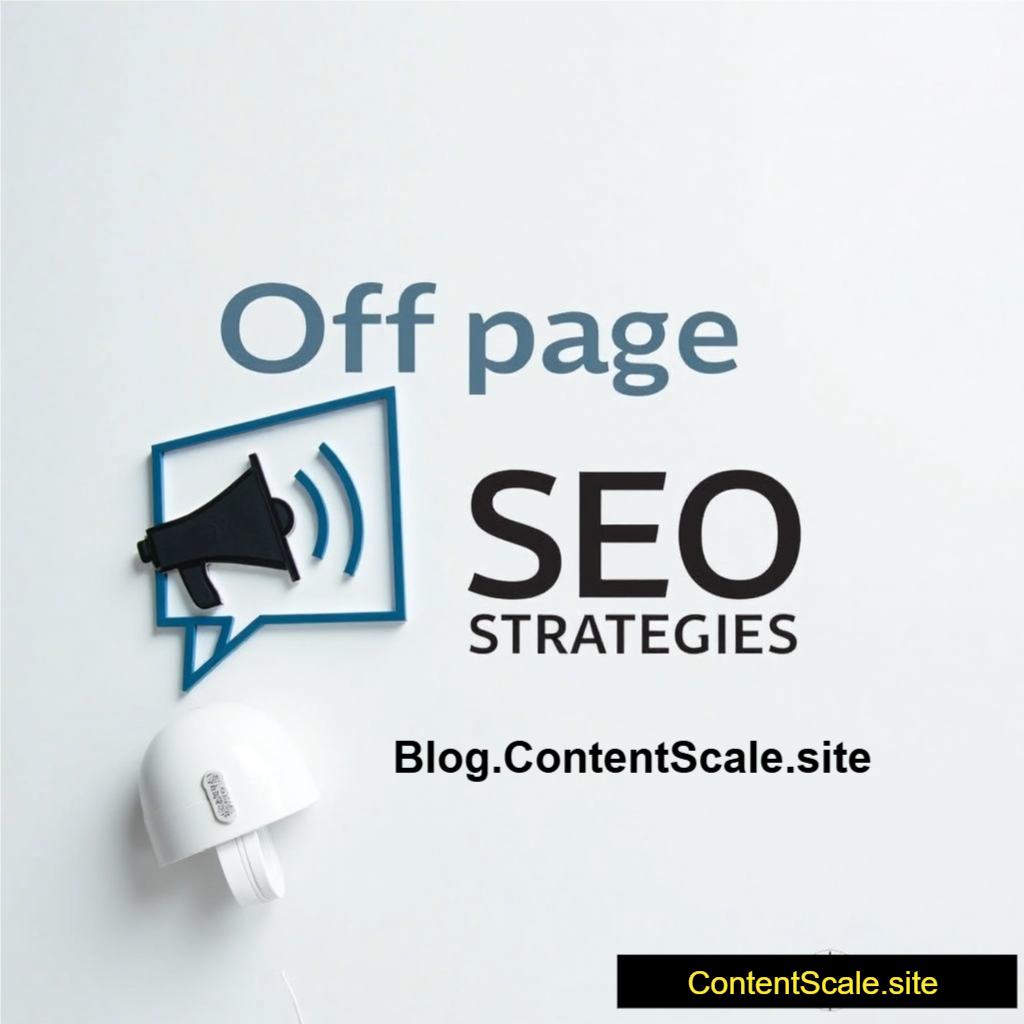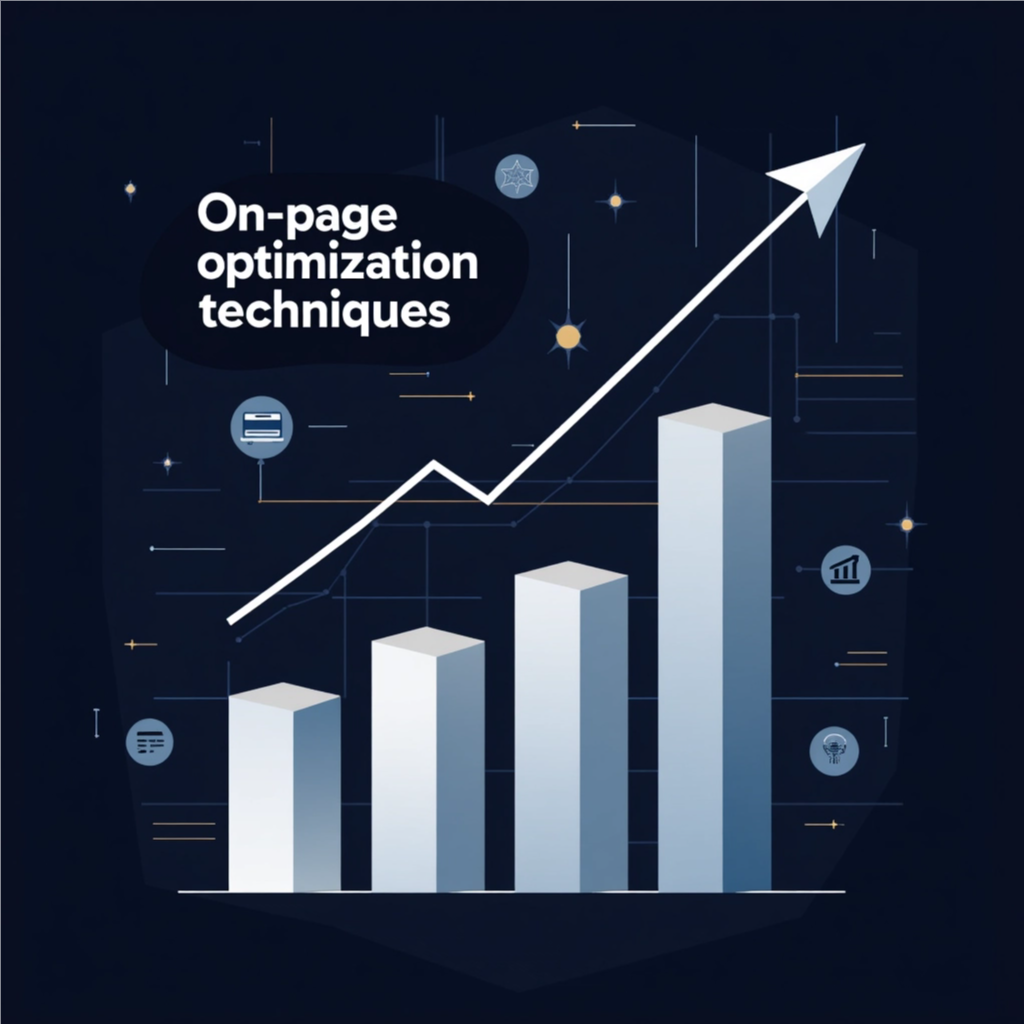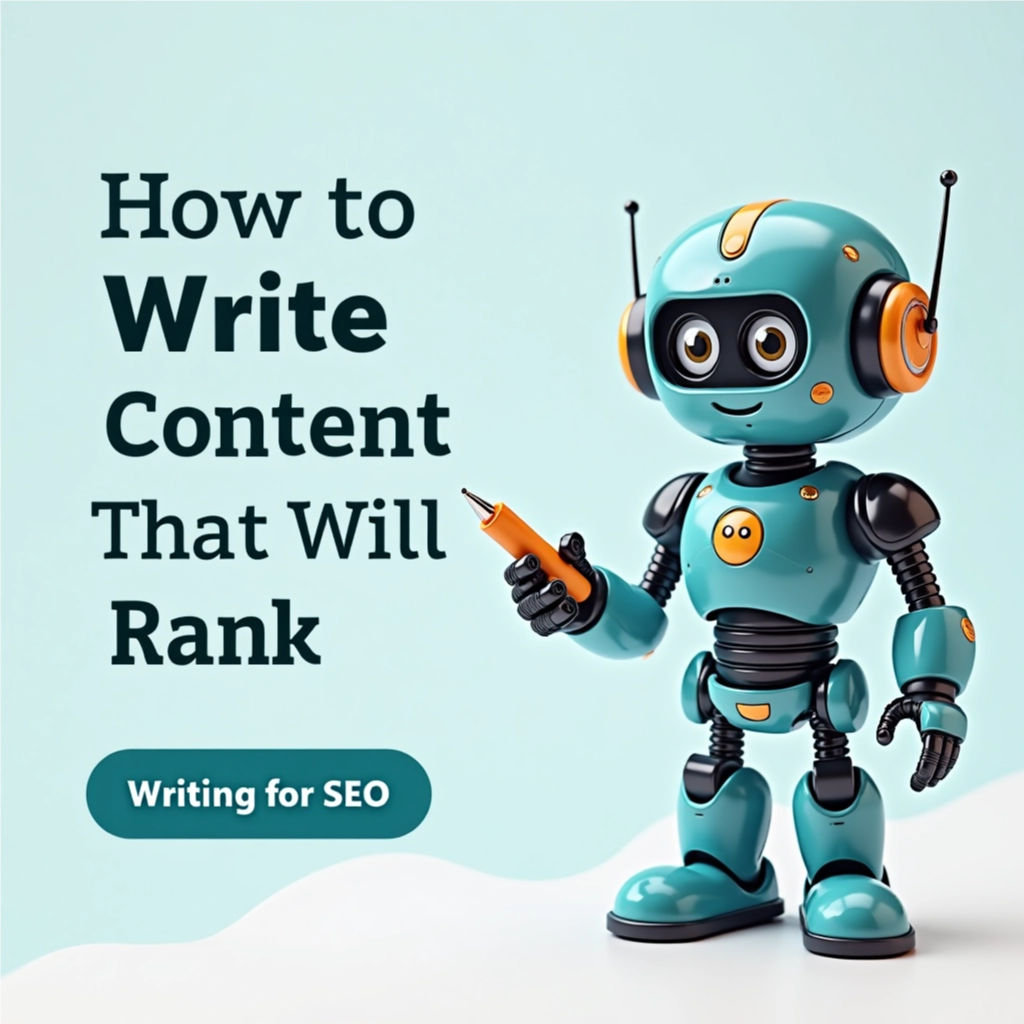SEO Basics: Complete Beginner's Guide to Search Engine Optimization Success in 2025
Master fundamental SEO basics with data-driven strategies, proven techniques, and actionable implementation guides
Table of Contents
What Are SEO Basics and Why They Matter in 2025?
Understanding SEO basics is crucial for anyone looking to build an online presence in 2025. Search Engine Optimization encompasses the fundamental techniques and strategies that help websites rank higher in search engine results, ultimately driving more organic traffic and conversions.
SEO basics form the foundation of digital marketing success. According to Google Search Central, websites implementing proper SEO fundamentals see significant improvements in visibility and traffic. Research from Ahrefs and SEMrush confirms that businesses mastering these principles achieve sustained organic growth. These basic principles include:
The Four Pillars of SEO Basics
1. Technical Foundation
Core Web Vitals optimization (LCP <2.5s, FID <100ms, CLS <0.1), mobile-first design, site speed, and crawlability form the technical backbone of SEO basics.
2. On-Page Optimization
Title tags, meta descriptions, header structure, URL optimization, and internal linking create the on-page foundation that search engines use to understand your content.
3. Content Excellence
High-quality, user-focused content that demonstrates expertise, authoritativeness, and trustworthiness (E-A-T) while satisfying search intent.
4. Authority Building
Earning quality backlinks, building citations, and establishing topical authority through consistent, valuable content creation and promotion.
SEO Market Statistics and ROI Data 2025
Understanding the current SEO landscape through verified data helps demonstrate why learning SEO basics is crucial for business success. Recent market research from AIOSEO, Backlinko, and 99firms reveals compelling statistics about organic search performance and ROI.
| SEO Metric | 2025 Performance | Industry Benchmark | Source |
|---|---|---|---|
| Organic Traffic Share | 53% | All Website Traffic | Multiple Industry Studies |
| SEO Lead Conversion Rate | 14.6% | vs 1.7% Traditional Marketing | Ruler Analytics |
| First Page Dominance | 75% | Never Click to Page 2 | Backlinko Research |
| Mobile Search Share | 58% | All Google Searches | AIOSEO Statistics |
| Voice Search Growth | 8.4B | Voice Assistants in Use | DemandSage Analysis |
SEO Professional Market Data
The demand for SEO basics knowledge extends beyond just business owners. SEO professionals command competitive salaries and see strong job market growth:
- Average SEO Specialist Salary: $70,300 annually in the United States (AIOSEO, 2025)
- Hourly SEO Consulting Rates: $100-150 per hour average
- Monthly Retainer Ranges: $500-1,000 for basic services, scaling with expertise
- Budget Increases: 48.9% of SEO professionals expect budget increases in 2024
- Market Growth: SEO services market growing at 13.24% CAGR through 2030 (MarkNtel Advisors)
SEO Basics: Keyword Research Fundamentals
Keyword research represents one of the most critical SEO basics that every beginner must master. This fundamental process involves discovering, analyzing, and selecting the search terms your target audience uses when looking for information, products, or services related to your business. According to 99firms research, 50% of search queries contain 4 or more words, making long-tail keyword research essential.
Understanding Search Intent in SEO Basics
Modern keyword research goes beyond search volume. Understanding the four types of search intent is essential:
| Intent Type | User Goal | Keyword Examples | Content Strategy | Conversion Potential |
|---|---|---|---|---|
| Informational | Learn something | "SEO basics guide", "how to optimize website" | Educational content, tutorials | Low - High funnel awareness |
| Navigational | Find specific website | "Google Search Console", "SEMrush login" | Brand pages, tool access | Medium - Brand recognition |
| Commercial | Research before buying | "best SEO tools 2025", "SEMrush vs Ahrefs" | Comparison content, reviews | High - Ready to purchase |
| Transactional | Make a purchase | "buy SEO software", "SEMrush pricing" | Product pages, pricing | Very High - Purchase intent |
Keyword Research Process for SEO Basics
Follow this systematic approach to master keyword research fundamentals:
- Brainstorm Seed Keywords: Start with 10-15 broad terms related to your business or content topic
- Use Keyword Research Tools: Expand your list using free and paid tools
- Analyze Competitor Keywords: Identify what terms competitors rank for
- Evaluate Keyword Metrics: Assess search volume, difficulty, and commercial value
- Group and Prioritize: Organize keywords by intent and create content plans
Essential Keyword Metrics
- Search Volume: Monthly search frequency (aim for 100-10,000+ for beginners)
- Keyword Difficulty: Competition level (target 0-30 difficulty for new sites)
- Cost Per Click (CPC): Indicates commercial value and competition intensity
- SERP Features: Featured snippets, local pack, or shopping results present
- Trend Data: Seasonal patterns and growing/declining interest
On-Page SEO Basics Every Beginner Needs
On-page optimization represents the most controllable aspect of SEO basics. These techniques involve optimizing individual web pages to rank higher and earn more relevant traffic by making both search engines and users better understand your content.
Critical On-Page Elements for SEO Basics
1. Title Tag Optimization
Title tags serve as the clickable headline in search results and significantly impact both rankings and click-through rates:
- Length: Keep under 60 characters to avoid truncation
- Keywords: Include primary keyword near the beginning
- Branding: Add brand name when space allows
- Uniqueness: Every page needs a unique title tag
- Compelling Copy: Write titles that encourage clicks
✅ Effective Title Tag Examples:
"SEO Basics: Complete Beginner's Guide to Optimization | ContentScale"
"Keyword Research Fundamentals - Master SEO Basics in 2025"
❌ Poor Title Tag Examples:
"Welcome to My Website - Home Page"
"Untitled Document"
2. Meta Description Best Practices
Meta descriptions don't directly impact rankings but significantly influence click-through rates:
- Optimal Length: 150-160 characters for desktop, 120 for mobile
- Keyword Integration: Include target keywords naturally
- Call-to-Action: Encourage users to click through
- Unique Content: Avoid duplicate descriptions across pages
- Value Proposition: Clearly communicate page benefits
3. Header Tag Structure
Proper header hierarchy helps both users and search engines understand content structure:
- H1 Tag: One per page, includes primary keyword, describes main topic
- H2 Tags: Major section headings, can include secondary keywords
- H3-H6 Tags: Subsections and detailed breakdowns
- Logical Flow: Maintain hierarchical order (don't skip from H1 to H3)
- Keyword Balance: Include variations naturally without stuffing
4. URL Structure Optimization
Clean, descriptive URLs improve user experience and search engine understanding:
✅ SEO-Friendly URL Examples:
contentscale.site/seo-basics-guide-2025
yoursite.com/keyword-research-fundamentals
❌ Poor URL Examples:
yoursite.com/page.php?id=123&category=seo&sort=date
example.com/2025/09/26/post-title-with-many-unnecessary-words
Technical SEO Basics and Core Web Vitals
Technical SEO basics ensure search engines can effectively crawl, index, and understand your website. These foundational elements often determine whether your content gets discovered and ranked, regardless of how well-optimized your content might be. Google's Search Documentation emphasizes the importance of technical excellence.
Core Web Vitals: Essential Technical SEO Basics
Google's Core Web Vitals measure user experience through three key metrics that directly impact rankings according to Web.dev:
Technical Optimization Checklist
1. Website Speed Optimization
- Image Optimization: Use WebP format, compress images, implement lazy loading
- Code Minification: Minimize CSS, JavaScript, and HTML files
- Caching Strategy: Implement browser caching and CDN usage
- Server Performance: Choose fast hosting with good uptime
- Database Optimization: Clean up unnecessary data and optimize queries
2. Mobile-First Optimization
With mobile-first indexing, Google primarily uses mobile versions for ranking:
- Responsive Design: Ensure consistent experience across devices
- Touch-Friendly Elements: Buttons and links sized appropriately for mobile
- Fast Mobile Loading: Optimize for slower mobile networks
- Mobile Usability: Test with Google's Mobile-Friendly Test tool
- App Indexing: Enable mobile app content indexing when applicable
3. Crawlability and Indexing
- XML Sitemaps: Submit comprehensive sitemaps to Google Search Console
- Robots.txt: Guide crawlers effectively without blocking important pages
- Internal Linking: Create logical link structure for discovery
- URL Structure: Use clean, logical URL hierarchies
- Canonical Tags: Prevent duplicate content issues
Content Creation SEO Basics
Content creation represents the most visible aspect of SEO basics. Successful SEO content goes beyond keyword optimization to provide genuine value while satisfying both user intent and search engine requirements for comprehensive, authoritative information.
Content Quality Factors in SEO Basics
1. E-A-T Principles (Expertise, Authoritativeness, Trustworthiness)
Google's quality guidelines emphasize E-A-T as critical for content evaluation according to Google's Helpful Content Guidelines:
- Expertise: Demonstrate deep knowledge through detailed, accurate information
- Authoritativeness: Establish credibility through citations, original research, and industry recognition
- Trustworthiness: Build confidence through transparency, contact information, and security measures
- Author Credentials: Include author bios and qualifications
- Source Citations: Link to authoritative, relevant sources
2. Search Intent Satisfaction
Successful content directly addresses what users seek when searching:
- Intent Analysis: Study top-ranking content to understand user expectations
- Comprehensive Coverage: Address all aspects of the topic thoroughly
- Question Answering: Include FAQ sections and direct question responses
- Multiple Formats: Use text, images, videos, and interactive elements
- User Journey Mapping: Consider where users are in the buying process
Content Optimization Techniques
1. Keyword Integration
- Primary Keywords: Include in title, first paragraph, and naturally throughout
- Secondary Keywords: Use related terms and synonyms
- LSI Keywords: Incorporate semantically related terms
- Keyword Density: Aim for 1-2% density, prioritize natural language
- Long-tail Variations: Include question-based and conversational phrases
2. Content Structure and Formatting
- Scannable Layout: Use short paragraphs, bullet points, and numbered lists
- Visual Hierarchy: Implement clear heading structure (H1-H6)
- Rich Media: Include relevant images, videos, charts, and infographics
- Table of Contents: Provide navigation for long-form content
- Call-to-Actions: Guide users toward desired actions
| Content Type | Optimal Length | Primary Purpose | SEO Benefits |
|---|---|---|---|
| Blog Posts | 1,500-3,000 words | Education, thought leadership | Keyword targeting, backlink attraction |
| Product Pages | 300-800 words | Sales conversion | Commercial keyword ranking |
| Category Pages | 200-500 words | Navigation, product discovery | Broad keyword coverage |
| Ultimate Guides | 5,000-10,000+ words | Comprehensive education | Authority building, link magnets |
Essential SEO Tools and Software Comparison
Understanding which tools support SEO basics implementation is crucial for success. The right combination of free and premium tools can significantly accelerate your optimization efforts and provide valuable insights for strategic decision-making.
Free SEO Tools for SEO Basics
Google's Essential SEO Tool Suite
- Google Search Console: Monitor search performance, index status, and technical issues (Google Search Console)
- Google Analytics 4: Track website traffic, user behavior, and conversion data (Google Analytics)
- Google Keyword Planner: Research keyword ideas and search volume data (Keyword Planner)
- PageSpeed Insights: Analyze Core Web Vitals and performance metrics (PageSpeed Insights)
- Mobile-Friendly Test: Verify mobile optimization compliance (Mobile-Friendly Test)
Premium SEO Software Comparison
| Tool | Monthly Pricing | Best Features | Ideal For | Market Position |
|---|---|---|---|---|
| SEMrush | $139.95 - $549.95 | All-in-one marketing suite, PPC data, content tools | Agencies, comprehensive campaigns | Market leader in features (SEMrush) |
| Ahrefs | $129 - $999 | Superior backlink analysis, keyword explorer | SEO-focused professionals | Best backlink database (Ahrefs) |
| Moz Pro | $99 - $599 | User-friendly interface, local SEO | Beginners, local businesses | Established, beginner-friendly (Moz) |
| SE Ranking | $65 - $259 | Budget-friendly, comprehensive features | Small businesses, cost-conscious users | Value-focused alternative (SE Ranking) |
| Ubersuggest | $29 - $99 | Affordable keyword research, Neil Patel brand | Solo entrepreneurs, basic needs | Budget entry-level option (Ubersuggest) |
Tool Selection Strategy for SEO Basics
Beginner Recommendations
- Start Free: Master Google Search Console and Analytics first
- Add Budget Tool: Ubersuggest or SE Ranking for keyword research
- Scale Gradually: Upgrade to SEMrush or Ahrefs as needs grow
- Specialize Later: Choose tools based on specific requirements
Advanced User Considerations
- SEMrush: Choose for comprehensive digital marketing needs
- Ahrefs: Select for superior backlink analysis and research
- Multiple Tools: Many professionals use 2-3 tools for different strengths
- API Integration: Consider data export needs for reporting
SEO Basics: Measuring Success and Analytics
Measuring success is one of the most critical SEO basics that determines whether your optimization efforts generate meaningful business results. Effective measurement requires tracking the right metrics and understanding what they mean for your specific goals.
Essential SEO Metrics for SEO Basics
1. Traffic and Visibility Metrics
- Organic Traffic: Total visits from search engines
- Organic Sessions: User sessions originating from organic search
- Click-Through Rate (CTR): Percentage of impressions that result in clicks
- Average Position: Mean ranking position across all keywords
- Impressions: How often pages appear in search results
2. Conversion and Revenue Metrics
- Organic Conversion Rate: Percentage of organic visitors who complete goals
- Revenue from Organic: Sales directly attributed to organic search
- Goal Completions: Specific actions tracked as conversions
- Assisted Conversions: Organic search's role in multi-touch journeys
- Customer Lifetime Value (CLV): Long-term value of organic customers
| Industry Sector | Organic Conversion Rate | Paid Search Rate | Direct Traffic Rate | Performance Ranking |
|---|---|---|---|---|
| Professional Services | 5.0% | 4.8% | 5.3% | Highest Performance |
| Industrial | 4.4% | 3.8% | 5.0% | Very High |
| Automotive | 4.0% | 3.5% | 4.2% | High |
| Legal | 3.0% | 3.8% | 4.2% | Above Average |
| Overall Average | 2.7% | 3.2% | 3.3% | Benchmark |
Setting Up SEO Tracking Systems
Google Search Console Configuration
- Property Verification: Verify website ownership through multiple methods
- Sitemap Submission: Submit XML sitemaps for all content types
- Performance Monitoring: Track queries, pages, countries, and devices
- Index Coverage: Monitor crawling and indexing status
- Core Web Vitals: Track user experience metrics
Google Analytics 4 Setup
- Goal Configuration: Define conversion goals and events
- Audience Segmentation: Create organic traffic segments
- Attribution Modeling: Set up multi-channel attribution
- Custom Reports: Build SEO-specific dashboards
- Data Integration: Connect Search Console for enhanced insights
Step-by-Step SEO Basics Implementation
Successfully implementing SEO basics requires a systematic approach that prioritizes the most impactful activities while building a sustainable foundation for long-term success. This step-by-step guide provides a 90-day roadmap for beginners.
Phase 1: Foundation Setup (Days 1-14)
Week 1: Technical Foundation
Day 1-3: Essential Tool Setup
- Create and verify Google Search Console account
- Install Google Analytics 4 tracking code
- Set up basic conversion goals
- Connect Search Console to Analytics
Day 4-7: Technical Audit
- Test Core Web Vitals with PageSpeed Insights
- Verify mobile-friendliness
- Check HTTPS implementation
- Create and submit XML sitemap
- Optimize robots.txt file
Week 2: Keyword Research and Planning
Day 8-10: Keyword Discovery
- Brainstorm 20-50 seed keywords
- Use Google Keyword Planner for expansion
- Analyze competitor keywords
- Group keywords by search intent
Day 11-14: Content Planning
- Create content calendar based on keywords
- Prioritize high-impact, low-competition terms
- Plan content structure and topics
- Set realistic publishing schedule
Phase 2: On-Page Optimization (Days 15-28)
Week 3: Page-Level Optimization
Day 15-18: Critical Elements
- Optimize title tags for all important pages
- Write compelling meta descriptions
- Implement proper header tag structure
- Clean up URL structure
Day 19-21: Content Enhancement
- Add keywords naturally to existing content
- Improve content depth and quality
- Optimize images with alt text
- Create internal linking strategy
Phase 3: Content Creation and Authority Building (Days 29-60)
Month 2: Content Development
Week 4-5: High-Quality Content Creation
- Publish 2-3 comprehensive articles per week
- Focus on search intent satisfaction
- Include FAQ sections and detailed answers
- Add visual elements (images, charts, videos)
Week 6-8: Content Optimization and Promotion
- Monitor content performance in Search Console
- Update and improve existing content
- Share content on social media platforms
- Begin outreach for backlink opportunities
Phase 4: Monitoring and Growth (Days 61-90)
Month 3: Performance and Scale
Week 9-10: Link Building and Authority
- Guest posting on relevant websites
- Create linkable assets (tools, guides, research)
- Build relationships with industry professionals
- Monitor backlink profile growth
Week 11-12: Analysis and Optimization
- Comprehensive performance review
- Identify top-performing content
- Refine keyword strategy based on data
- Plan next quarter's SEO initiatives
Ongoing Monthly Tasks
- Content Creation: Publish 4-8 high-quality articles monthly
- Technical Monitoring: Check Core Web Vitals and fix issues
- Keyword Tracking: Monitor ranking changes and opportunities
- Competitor Analysis: Stay updated on competitor strategies
- Link Building: Earn 2-5 quality backlinks monthly
- Performance Review: Analyze traffic, conversions, and ROI
SEO Basics FAQ - Common Questions Answered
Ready to Master SEO Basics and Dominate Search Results?
Transform your website's visibility with proven SEO basics strategies. Our comprehensive approach combines technical optimization, content excellence, and strategic implementation.
What You Get:
- Complete SEO basics audit and implementation
- Keyword research and content strategy development
- Technical SEO optimization and Core Web Vitals improvement
- On-page optimization for maximum visibility
- Monthly performance monitoring and reporting
- Ongoing support and strategy refinement



